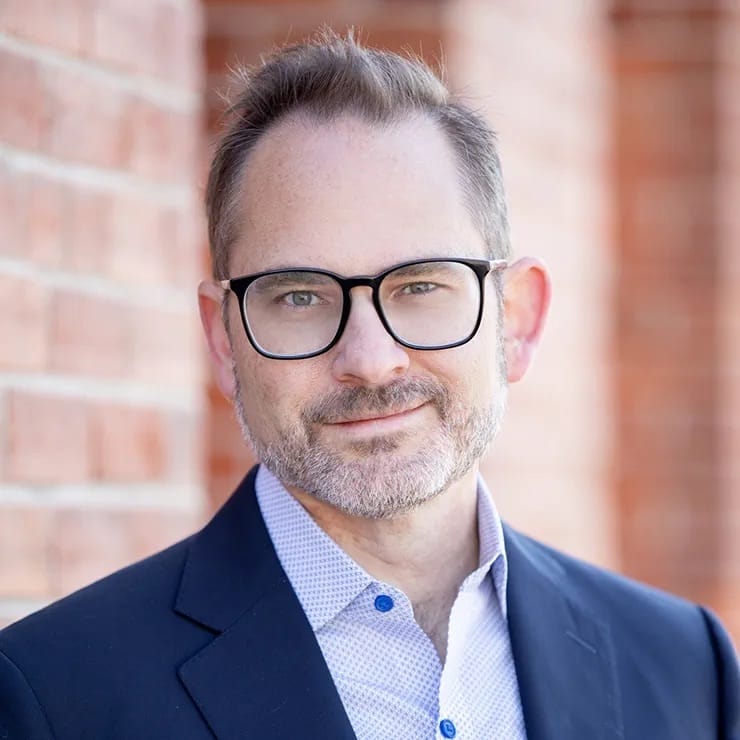In an ideal world, everyone—regardless of where they live—should be able to access critical and behavioral healthcare services conveniently and confidently. Unfortunately, the more than 45 million Americans living in rural communities across the country often encounter barriers, limiting their ability to receive the quality care they need.
The necessary and appropriate healthcare services these rural Americans need are often unavailable nor obtainable in a timely manner—and even when an adequate supply of care services exists, many other factors can impact care quality and access. Fortunately, forward-thinking health insurers are adopting programs and implementing policies to combat the myriad concerns that create an increasingly challenging environment for patients in rural areas to get the care they need at an affordable cost.
Common Barriers to Rural Healthcare
Currently there are several obstacles that make it difficult for rural Americans to lead healthy lives. Anything from distrust in healthcare services and poor health literacy, to stigmas associated with mental health or substance abuse conditions can keep patients from seeking the care they need when they need it.
Research illustrates that rural populations are older, sicker, poorer and have more limited access to primary care physicians than residents of urban areas. The National Rural Health Association found the ratio of patients to primary care physicians in rural areas to be 39.8 per 100,000, compared to 53.3 per 100,000 in urban areas—and that doesn’t even address the disparity surrounding specialty care and other resources and programs. This uneven distribution of healthcare resources jeopardizes the quality of health of rural communities.
Several socioeconomic factors also impact a community’s health and well-being. In addition to being older, sicker, poorer and lacking equal access to healthcare services, rural residents face more difficulties physically reaching care providers, often traveling great distances to visit a doctor, specialist or hospital. Additionally, rural communities tend to have more uninsured residents and higher rates of unemployment, which combine to hinder access to care.
These barriers to care often result in unmet healthcare needs. While some actions to address the rural healthcare disparity must be taken by governmental agencies, healthcare organizations can increase healthcare access and quality in rural communities by implementing programs that focus on “whole-person health”—treating the whole person rather than the ailment alone—to better address health equity, social determinants of health and reduce costs of healthcare while improving the overall quality of health.
Creating Healthier Rural Communities Through Whole-Person Health
Recognizing that factors outside the healthcare system impact the health and well-being of communities, healthcare organizations are increasingly adopting a “whole-person health” or “social determinants” perspective. Healthcare organizations can specifically address access and quality of healthcare in rural areas by pioneering communitywide campaigns that turn away from antiquated payment arrangements to address health disparities concerning geography and income.
Consider two current examples in Colorado: Health First Colorado and Rocky Mountain Health Plans’ PRIME programEvery member of Health First Colorado, the Centennial State’s Medicaid program, has a primary care provider and belongs to a regional organization that helps connect them with access to the care they need. PRIME (Payment Reform Initiative for Medicaid Enrollees) is a health plan offered through Rocky Mountain Health Plans that provides healthcare services to most adult Health First Colorado members (and some children with disabilities) in certain counties on Colorado’s Western Slope.
Health First Colorado
Health First Colorado members and primary care providers belong to regional organizations that help patients ensure they get the care they need. These organizations, or Regional Accountable Entities (RAEs), are responsible for connecting Health First Colorado members with primary care and behavioral health services and resources for needs in their region—such as transportation, food assistance or other social services—helping rural patients better navigate the healthcare system.
The role of Health First Colorado RAE organizations is to enhance community health throughout the region by supporting and promoting whole-person care, population health and contracting and engaging with primary care medical providers and behavioral health partners. By serving as a central point of contact, RAEs ultimately enhance the total healthcare experience for rural patients by connecting them with services and programs, regional resources, clinical tools and general administrative information.
Medicaid PRIME
At its core, RMHP PRIME is a patient-centered, community-based systems change initiative focused on improving healthcare quality and outcomes while simultaneously decreasing the total cost of care. Initially launched in 2014, Medicaid PRIME depends on deeper and more collaborative relationships between participating health systems, hospitals, physicians and clinicians to achieve its goals. This level of community integration empowers participating stakeholders to align responsibilities in order to ensure the effective delivery of high-quality care.
Through a community-centric approach focused on integrated coordination across physical, behavioral, pharmacy and community services for whole-person health, Medicaid PRIME makes more resources available for members seeking both primary and behavioral healthcare. Through its rural health specialty network access, Medicaid PRIME helps connect patients with supportive services in their communities by using a value-based payment model that ensures all stakeholders are accountable and engaged. The rate of behavioral health screening for PRIME members 12 and older jumped from 4.2% in 2014 to 68% in 2021, while driving total cost trends lower for the population overall [
Each of these initiatives facilitates regionally focused efforts to address social determinants of health by coordinating to meaningfully impact health quality, access and inequities. This unique, integrated approach encourages sharing information between groups to provide a comprehensive treatment plan to address patients’ biological, psychological and social needs. Community integrated care not only improves access to healthcare and community-based resources and addresses whole-person health, but it also provides cost savings to providers, insurers and patients.
Rather than just treating specific symptoms or illnesses from a physical standpoint, healthcare organizations must adopt a patient-centered approach that considers all aspects of a person and their community—physical, emotional, behavioral, mental, spiritual and socioeconomic. By implementing programs that consider the myriad factors that influence patient health and a community’s needs, resources, strengths, assets and values, healthcare organizations can implement and adopt policies and programs that are a good fit for the community and maximize its chances of success. Creating programs that better address health equity, social determinants of health, high care costs and the traditional payment models specifically address access and quality of healthcare in rural areas.
About the Author:

Patrick Gordon
Patrick Gordon is the CEO of Rocky Mountain Health Plans, a Colorado-based health insurer owned and operated by United Healthcare. By pioneering statewide campaigns and moving away from traditional fee-for-service payment models, RMHP addresses health disparities concerning geography and income.








